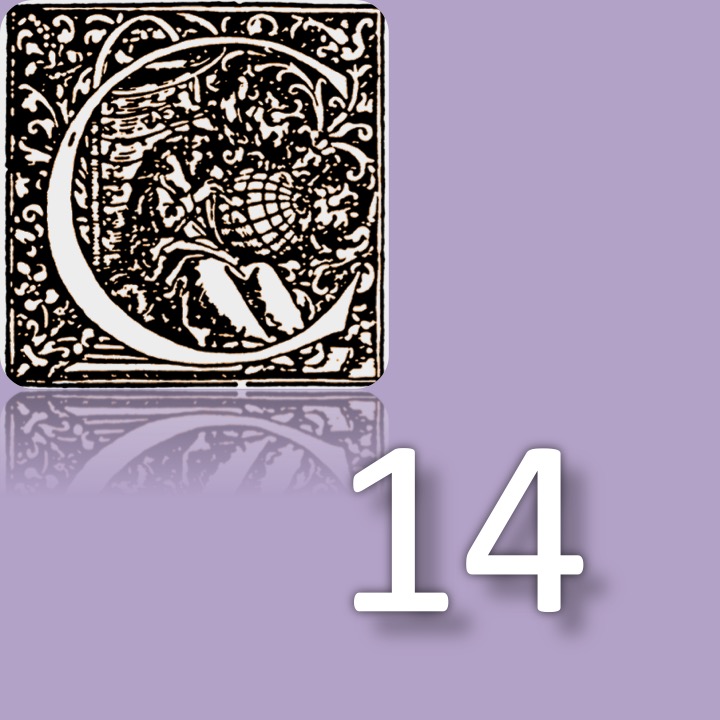Contraria contrariis curantur, Similia similibus conservantur: how to use the materia medica in the 18th century?
Abstract
The Renaissance endeavors to formulate medical theory (Theorica ) in logical terms acquired formal definition by mid‑17th century as the so-called “Medical Institutions”. The first such institution, Physiology, dealt with the conformation of the human body in health (“natural state”). Pathology was the other side of the coin, i.e., the study of the “contra-natural” state of the human body. Maintenance of health (Hygiene) and eradication of disease (Therapeutics) depended on the action of agencies neutral by themselves (the traditional six “non naturals”), which were used according to logical rules: similars preserve, contraries heal. In parallel, the practical side of medicine (Practica ) consisted since remote times in lists of signs arranged “from head to toes”, in addition to fevers, followed by corresponding treatments. The first reunion of Theorica and Practica is attributed to H. Boerhaave (1668-1738), which made him “the teacher for the whole of Europe”. In the present article, I discuss the doctrine of hygienic and therapeutic indications formulated by Boerhaave from the perspective of his “double empirical-‑rational method”.


.png)
